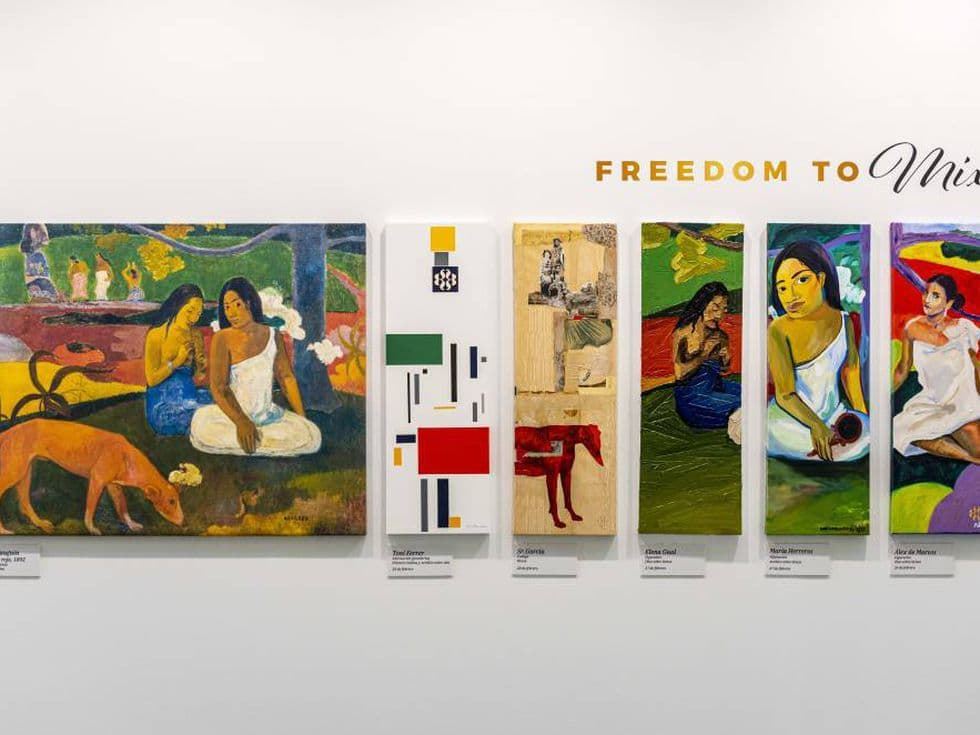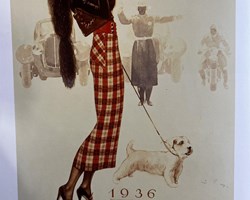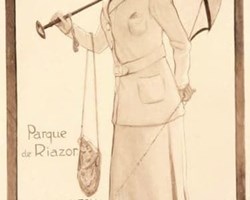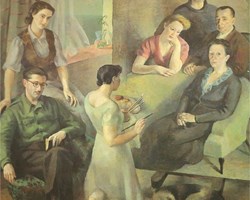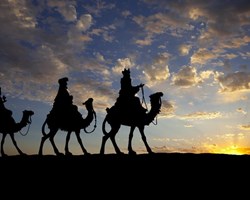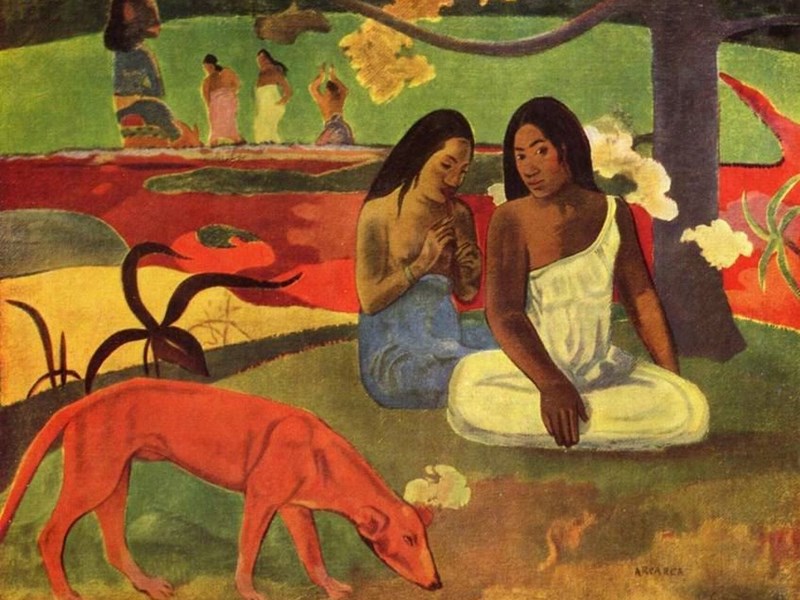
WHAT ATTRACTED GAUGUIN TO POLYNESIA?
The French artist, born in Paris in 1848 and died in Atuona (island of Hiva Oa, French Polynesia) in 1903, delved into a different culture to take advantage of it in his artistic development.
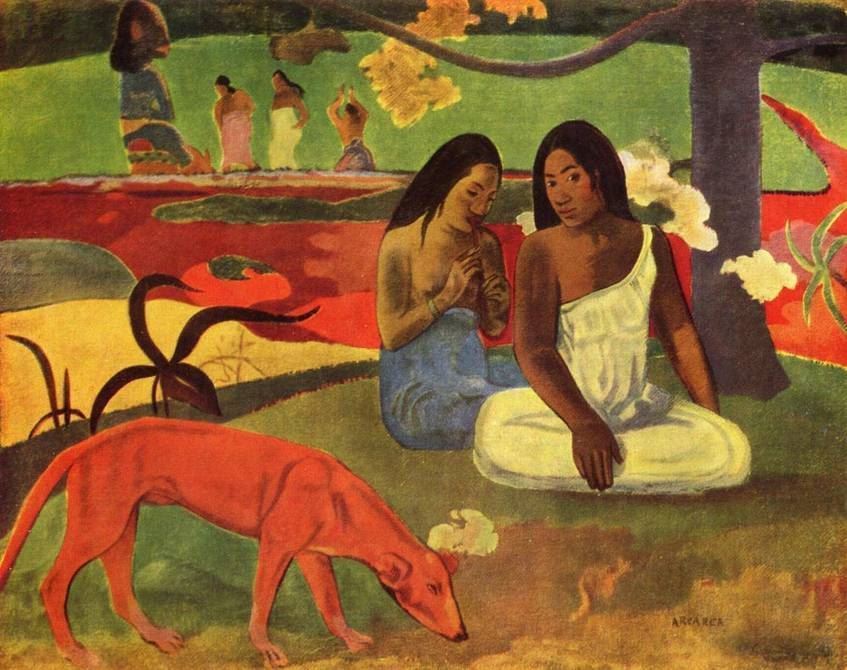
Gauguin's art captured much of the culture he found in Polynesia (Musée d'Orsay, Paris, 1891).
Gauguin wanted to influence his art through primitivism as a new artistic current.
If the societies of the future studied us, they could say that we are primitive and predators of the environment.
This despite the fact that today we think that we handle cutting-edge technology and that we are not archaic or primitive.
Another thing is the concept of paradise.
And it is necessary to separate both concepts to understand what Gauguin found on the island of Tahiti (first visit 1891-1983; second visit, he did not return to France, 1895-1901) and then on the Marquesas Islands, on Hiva Oa (1901- 1903).
All in French Polynesia.
WHO KNEW GAUGUIN?
The anthropologist Bengt Danielsson was part of the Kontiki expedition, which in 1947 sailed on a pre-Columbian raft from Callao (Peru) to the Polynesian islands under the leadership of the Norwegian Thor Heyerdahl.
Danielsson arrived on the island of Hiva Oa in 1951, just 48 years after the painter's death, a short distance from the town of Atuona, where Gauguin's last inn is located.
In his book Gauguin in the South Seas, he tells us: “My first premise was to question the existing biographies because many authors had never visited the South Pacific and they were made with fragmented information about Gauguin. Second, look for living people who had been friends with Paul Gauguin to directly collect experiences with the painter.
Both characters, Danielson and Gauguin, are related by the defense of the rights and way of life of the Tahitian culture.
Danielsson was one of the leading social and environmental researchers in Polynesia, being highly critical of the French government's nuclear tests in the 1950s-60s.
Danielsson found some characters close to the painter.
One was David Le Cadre, a Catholic archbishop of French origin, who arrived in the Marquesas Islands in 1900.
There was a very big personal and philosophical dispute between the two because for Paul Gauguin the Church and the French political power represented everything that he was not looking for in French Polynesia.
Interviewed by Danielsson, Le Cadre referred to Paul Gauguin as follows: “The mad painter, do you mean? Oh yes, I knew him well.
The first time I saw him, he was sitting in the chair you are sitting in now."
In turn, Gauguin pointed out about Le Cadre: “The bishop is a rabbit, I am an old rooster, quite hard and hoarse. If I say that the rabbit started it (the lawsuit), it is true”.
The dispute was such that in Gauguin's house he made a wooden figure with the characteristics of the bishop, but representing him as a demon.
He put that sculpture on a gate post and adorned the other post with a carved portrait of a seductive native girl in the bishop's service.
The natives would never have thought of doing something like that, it was like a revolt against the status quo that existed on the island, which caused popularity among the Tahitians, but rejection and resentment among the French.
PRIMITIVE CULTURE:
According to Bengt Danielsson, in his book " Forgotten Islanders of the South Seas" , the primitive culture that Gauguin found in Atuona (much more virgin than Tahiti) must have been like this: “On our arrival we turned off the motors of the boat and a overwhelming silence that filled us with peace. We went down to the island in a small canoe and on the way we saw plenty of fish and in the valley there was a lot of tropical food.”
WHAT SOCIETY DID GAUGUIN FOUND IN ATUONA?
It is based on the belief that the natives had been created from the bodies of Atea, the heavenly father.
The first woman was born by the god Tiki, son of Atea, modeled from the earth.
For this reason, women had no relevance in politics and religion.
In the islands of the South Pacific, women are considered exotic and beautiful, a symbol of hospitality and love, whose function is to serve men.
For many travelers who are bored with their societies, they discover a paradise symbolized by these beautiful hula dancers.
BETTER THAN CIVILIZATION:
Gauguin, in his book Noa-Noa, gives us many guidelines about what paradise was for him: “You have to turn to nature to live. She is rich, generous, she does not refuse anyone who asks for her share of her inexhaustible reserves in the tree, the mountains, the sea. Here I was, a civilized man, clearly inferior in these things to the savages. I envied them. I look at their happy and calm life around me, without the slightest concern for money, they dream, they make love, they sleep, they sing, they pray.
Finally, Paul Gauguin, like many other plastic artists of the 19th and early 20th century, was looking for new non-European influences, such as primitive art, to create a new art of his own and this is one of the main reasons for his stay in Tahiti and Atuona.
From an anthropological point of view, Gauguin broke the paradigms of the wild to turn them into a work of art.
ROYAL BLISS LAUNCHES ITS NEW #freedomtomix CAMPAIGN with MacCann:
Royal Bliss launches its new campaign with the message: Feel free to mix! (#freedomtomix) by McCann.
Royal Bliss has challenged five contemporary artists: Alex de Marcos, Elena Gual, María Herreros, Sr. García and Toni Ferrer to give free rein to their imagination and dare to mix to reinterpret the painting by French post-impressionist painter Paul Gauguin, The Red Dog.
Royal Bliss contextualizes some of its varieties in some of the most important pictorial trends in contemporary history.
What would be the drink that would best fit with Dadaism? Undoubtedly the Irreverent Ginger Ale, due to its risky and groundbreaking flavor, which calls into question all the combinations that have been created up to now.
The union between sweetness and acidity, like Dadaism, breaks with tradition following a single principle: there are no rules in your glass.
And which mixer would be the most passionate and sensual muse for a romantic painter? There is no doubt…Bohemian Berry Sensations. A bubble of feelings and inevitable madness; a mix where the most important thing is our own fantasies, our own dreams, our own pleasure. Like any romantic artist, the rebelliousness of his fruity and intense touch offers the opportunity to reinterpret a different flavor on each palate.
And the most minimalist? The variety that best reflects the maxim that less is more: Creative Tonic Water.
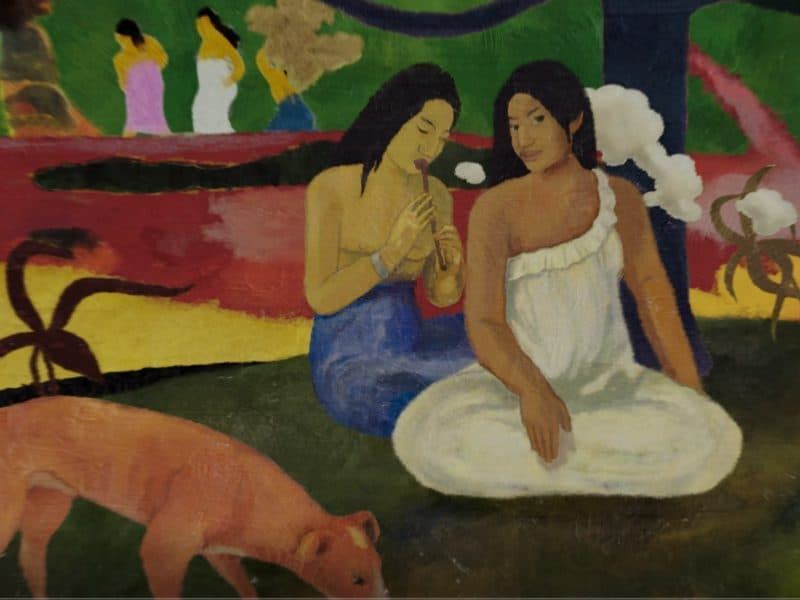
ROYAL BLISS IN ART MADRID´20:
And this symbiosis with art present in the new Royal Bliss campaign is complemented by the brand's participation in the 15th edition of Art Madrid, which will take place from February 26 to March 1 at the Crystal Gallery of the Palacio de Cibeles.
It is an appointment with contemporary art that has become an international benchmark and has high numbers of visitors.
It is the presence of different galleries, of artists from different disciplines such as painting, sculpture, photography or video art, which makes Art Madrid'20 the perfect space to transfer the glass to the canvas.
